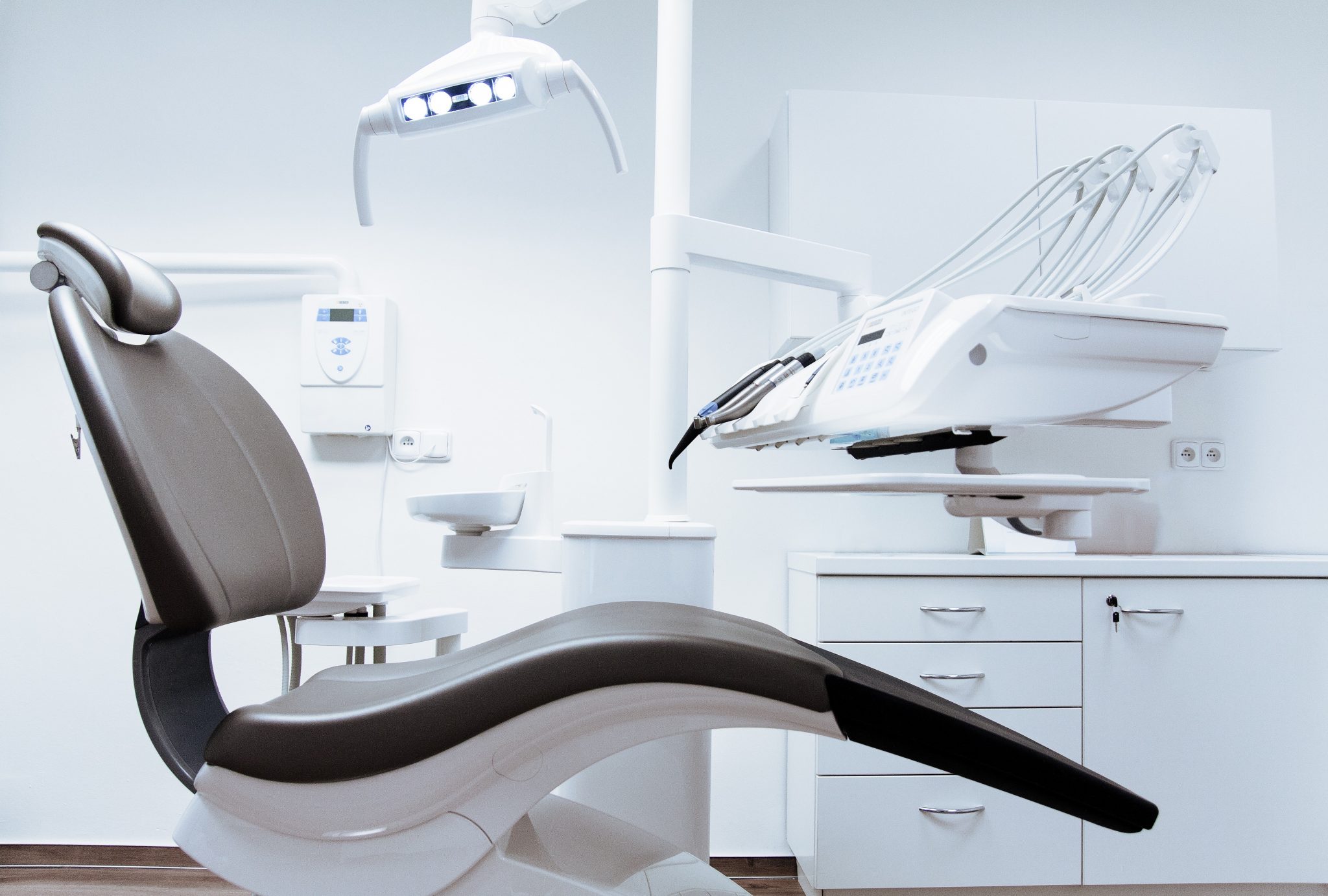
What is LANAP Gum Disease Treatment?
LANAP is a minimally invasive gum disease treatment that utilizes a laser instead of a scalpel to remove diseased gum tissue. Since there is no cutting, stitches are not needed. LANAP is the only laser treatment approved by the FDA for treating gum disease.
This expert approach requires the use of a special dental laser that selectively kills and removes diseased tissue without causing damage to healthy gum tissue. The laser utilizes a tiny fiber (approximately the thickness of three hairs) that is inserted between the gum and tooth. Once the tooth roots are completely cleaned of plaque, bacteria, and disease, the area is disinfected and sterilized. Finally, a different laser setting creates a firm, stable fibrin blood clot that seals the pocket.
What is LAPIP Gum Disease Treatment?
It’s important to note that gum disease can also infect gum tissue surrounding dental implants as well as natural teeth. For patients experiencing peri-implantitis, or gum disease around an artificial tooth (dental implant), our office has a solution too. As an alternative to LANAP, we also offer LAPIP to save ailing implants. Utilizing the same laser technology and modern approach as LANAP, LAPIP fulfills the same role to regenerate and stabilize gum tissue around the site of dental implants. Ultimately saving patients from the painful reality of a failing implant.
What are the benefits of LANAP gum disease treatment?
The most obvious benefit is that LANAP can restore gum health and reduce the risk of oral and systemic diseases. Other advantages include:
- Minimal to no pain
- No bleeding or swelling
- No incisions or sutures
- Much quicker and less painful recovery (24 hours compared to 2-4 weeks)
- No tooth sensitivity
- No gum recession (cutting the gums can cause them to shrink and recess)
- Improved aesthetic results
- Reduction of pockets between teeth and gums
- Safe for patients with bleeding disorders, diabetes, or on medications—even blood thinners
- Since only local anesthesia is needed, patients can drive after the procedure
- Fewer infections and potential complications
As an added benefit, the laser also stimulates the growth of new, healthy soft tissue and bone. Therefore, you achieve regeneration without needing to add foreign materials, which is often necessary during traditional gum surgery.
Why treat gum disease?
It is estimated that gum disease affects 1 in 5 Americans. If you suffer from this common condition, it is vital that you understand the potential consequences of not receiving treatment.
Gum disease can not only be a detriment to your oral health, but numerous studies have shown a connection between oral and systemic health. In other words, oral disease can be a contributing factor to other diseases in your body, such as diabetes, cardiovascular disease, and high blood pressure.
Three Stages of Gum Disease
The earliest stage of gum disease is called gingivitis. This occurs when plaque builds up around the gums, causing inflammation. The most common gingivitis symptoms include bad breath and red, swollen gums that can bleed easily during flossing or brushing. While gingivitis is reversible, it can progress to periodontitis if ignored.
With periodontitis, the inflammation spreads and causes pockets between your teeth and gums. These pockets attract food particles, plaque, and bacteria. As the pockets deepen, so does the infection, which causes gum recession and affects the fibers and bone that support your teeth. At this stage, gum disease is not reversible, but it is treatable. The recommended treatment usually involves scaling and root planing – a deep cleaning that removes these irritants and smooths the root surfaces to reduce the risk of reinfection.
In terms of peri-implantitis, this means the inflammation breaches the gum tissue surrounding already installed dental implants. While dental implants typically have a lifespan of over twenty years if cared for properly, the ramifications of a failed implant is no walk in the park. As the gum tissue deteriorates around the implant, it can cause it to loosen and become unstable coupled alongside the common symptoms of gum disease. Such as a foul taste in the mouth, swelling, bleeding, the formation of puss, pain, limited function of the smile, and so much more. To avoid the stress of losing and replacing an asset as expensive as a dental implant, it’s best to take action immediately- and thankfully, that’s what LAPIP is designed for.
If left untreated, the infection begins to destroy the bone and connective tissue that hold your teeth in place, causing your teeth to loosen and shift. Since advanced periodontitis can lead to tooth loss, a patient needs aggressive treatment to save their teeth.
Until recently, the only aggressive solution was gum surgery. Today, LANAP offers the same benefits with less invasive treatment.
Cost of LANAP Gum Disease Treatment in New York
The cost of LANAP gum disease treatment varies depending on the number of areas in which you require the treatment. Considering this fact, on average, you can expect to spend between $2000-$10000. However, many US insurance providers do offer coverage for LANAP. If you’re concerned about cost or coverage, be sure to speak with your provider before scheduling your LANAP laser treatment.
When considering the cost of LANAP gum disease treatment, it’s also important to keep in mind that LANAP is a minimally invasive procedure. This means that the results are often better than more traditional dental procedures, and the recovery time is much quicker. We believe that your gums, and your time, are worth it.
Contact us today
to schedule an initial consultation & exam.
Your consultation will include an examination of everything from your teeth, gums and soft tissues to the shape and condition of your bite. Generally, we want to see how your whole mouth looks and functions. Before we plan your treatment we want to know everything about the health and aesthetic of your smile, and, most importantly, what you want to achieve so we can help you get there.
Frequently Asked Questions
LANAP surgery is typically completed in two, two-hour visits. One side of the mouth is completed during the first visit, and the other side is completed during the second visit a week later. After each procedure, it is common for patients to quickly resume normal activities or return to work.
LANAP is a surgical procedure, so your body will adjust depending upon your pain tolerance. The first few days following the surgery you may experience mild soreness of the treated areas- generally alleviated with Ibuprofen. The gum tissues around the teeth may appear slightly discolored. Splints may be fabricated to stabilize and immobilize the teeth. You must wear these splints as instructed to promote healing. Expect to have your bite adjusted during visits several times over the coming months; this is very important for healing.
- Do not brush or floss for the first 7-10 days after treatment.
- Follow a soft diet as recommended by your treating dentist.
- Do not smoke. Smoking interferes with the healing process by impairing the body’s defense mechanisms.
Gum disease, including gingivitis and periodontitis, is a chronic bacterial infection. Gum disease is caused by plaque, which creates toxins that damage the gums.
In the early stages of the disease, gums can become red, swollen and bleed easily. However, some patients have no symptoms at all. If the condition worsens, gums and bone that support the teeth can become seriously damaged and the teeth can become loose, fall out or have to be removed
Many patients don’t realize the signs of gum disease and symptoms are not painful, so gum disease often goes undetected or ignored until severe gum and bone destruction catches an individual’s attention. Other signs can include “pink in the sink” – traces of blood when you brush or floss, gums that are red or swollen, and bad breath
Gum disease has many risk factors: smoking, age, genetics, gender, and ethnicity all are important indicators. Since gum disease is a bacterial infection, it is also communicable – meaning a person with gum disease can pass the infection to others.
Less post-operative pain — The LANAP protocol using the PerioLase MVP-7
it helps avoid cutting and stitching of the gums. because of this, patients usually have minimal post-operative discomfort.
Fewer sessions — The LANAP protocol requires only one to two sessions with the dentist, each lasting two to three hours, with two follow-up visits. Traditional surgery generally requires several sessions, with subsequent visits for suture removal and additional check-ups.
Quick recovery time — Patients can return to their regular daily activities immediately following the procedure, which generally requires less than a 24-hour recovery period.
Traditional scalpel & suture surgery, recovery can take two to four weeks, during which patients can experience considerable pain and swelling and may be restricted to liquid or soft diets.
Patients with moderate-to-severe gum disease can especially benefit from the LANAP. The LANAP is also an excellent treatment option for patients who are fearful of conventional scalpel surgery.
What Our Patients Are Saying
A Wonderful LANAP Experience with Dr. Cohen
Excelente experiencia y atención por el Dr. Cohen
Efrenerlin Huchin
Dr. Erez Cohen really cares about his patient. I had a tooth problem in the evening and he gave me a call to give some suggestions and later on. Send me a guideline to follow. He is really professional, friendly and fun. Feels like having out with a buddy.

